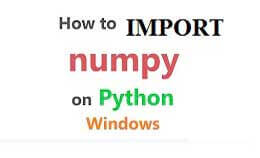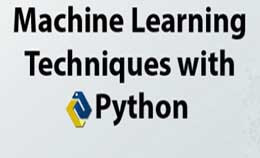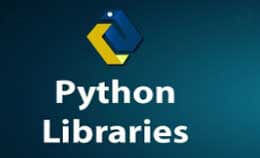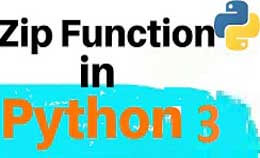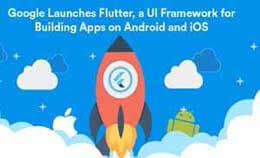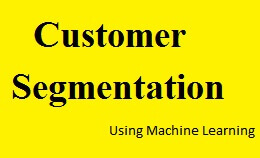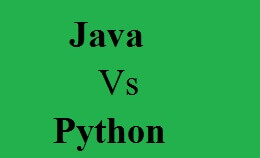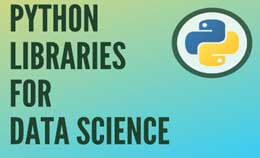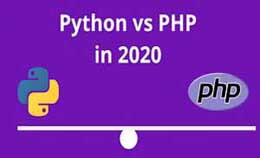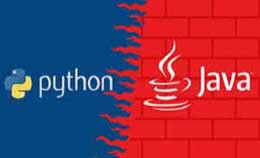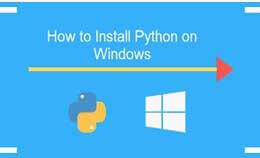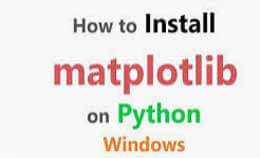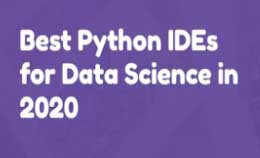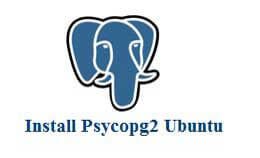kivy python tutorial for beginners
kivy python tutorial for beginners : The kivy is a tool for developing android apps and the best advantage of using kivy.
The kivy is built applications for the desktop and mobile including ios.
Guide will walk as basic installing kivy as the simple applications and packing them for desktop and android.
The desktop applications programming with python as Tkinter, wxpython, Pyqt5.
The graphics are rendered by open GL as native widgets to uniform across the operating system.
They are used for interfaces in kivy and involve the use of kvlang as the small language supports as python like and python interpose.
The kivy is free to use and backed for developing mobile apps and multitouch applications.
The framework is developed by kivy organization along with python for android several libraries that are used on all platforms.
Framework will contain applications as,
The extensive support for mouse, keyboard, and Os specific events.
The library is used for OpenGL ES2 which is based on vertex buffer shaders.
It is cross-platform is really made and use that would be used to develop applications for android and ios.
It is kivy modern graphical user interface toolkit and develops interfaces for a wide selection.
The kivy has elegant is build-in support for multitouch devices.
It’s the code in python on mobile devices and replaces the API of interfaces like CSS and HTML.
They will allow you to maintain single applications for operating systems.
There are concepts to understand applications,
Layout:-
the screen layouts are defined as .kv file using the special kivy language.
Widgets:-the UI elements that get packed in layout elements.
- To create applications in python as there are three steps,
- Create the class that inherits the kivy main app class as kivy.app.App
- We define build () method in class that returns root widgets.
- Then we create an instance of the class and call the .run () method.
Kivy architecture:-
It consists are as follows,
- Graphics
- Core
- Core providers and input providers
- UIX
- Input events
- Widgets and input dispatching
It grows and has a complex which depends and maintains the construction.
The language will allow you to create a widget tree and allows very fast prototype and agile changes to UI.
The ways which you follow load in applications,
By name convention:-
It looks for a file with the same name as app starting the lowercase as,
SimpleApp-simple.kv
It defines a root widget that is added to widgets to tree-like base of applications.
Builder:-
It directly tells kivy to load the kv file using the builder.
KV language rules:-
The root is declared by declaring the class of root widget.
There are three keywords for KV language:-
- Root:-it will refer to the base widget or root widget.
- App:-also refer to an instance of app
- Self:-it will refer to the current widget.
Install Kivy:-
The python tools are used to up-to-date
python-m pip install—upgrade pip wheel setuptools
python-m pip install docutils pigments pypiwin32 kivy.deps.sdl2 kivy.deps.glew
pip install kivy
Kivy properties:-
It is an easy way to define the events and bind them together and the properties to describe data.
- stringProperty
- numericproperty
- boundedNumericProperty
- objectproperty
- optionproperty
- aliasproperty
- Booleanproperty
Create the application of kivy as:-
- Implementing the build() method as it returns the widgets instance
- The subclassing is app class
- The instantiating class and calling run () method.
Running application:-
In operating systems:-
Linux we have to follow instructions for the kivy applications on linux
$python main.py
Windows
$python main.py
Mac OS X
$kivu main.y
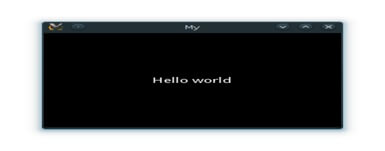 <
< kivy python tutorial for beginners : The kivy will include a package for many things as,
- Animation
- Async
- Canvas
- Drawing
- Schaders
- 3D
The kivy features are as follows:-
Fresh:-
It will not carry past and other things so the framework is a legacy tool in its counterpart.
Fast:-
It implements the functionality on the c level and existing compilers.
The algorithm and GPU will make both application developments.
Flexible:-
It runs on different devices as it supports the operating systems as Windows, Linux and also runs on Android powered Smartphone’s and tablets.
Focused:-
It is developed using the python programming language and written in a few lines of code.
The kivy is focused on the goal and has developed in own language.
They will create and allow setup connections for applications.
Free:-
It is developed under the community and uses free of cost.
Then user doesn’t pay a penny for it and uses kivy commercially without paying to anyone.
